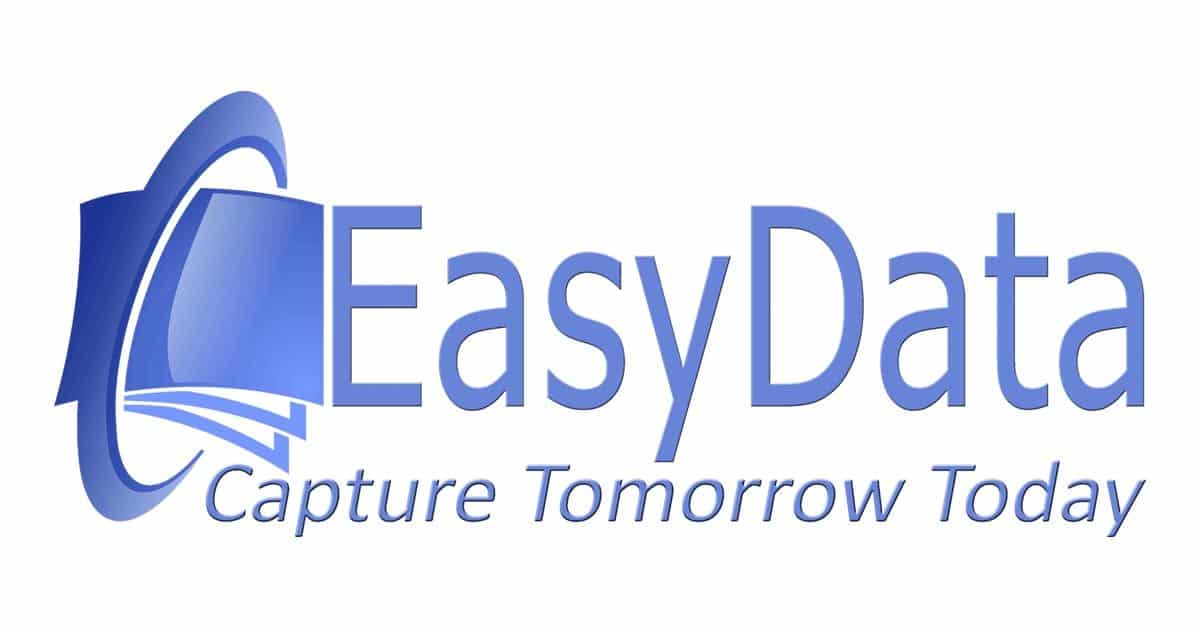Data Analysis
Give Your Organization Wings!
Every smart decision starts with understanding the right data; knowledge is the key to success and innovation.
Start your data transformation
Data analysis leads to better business decisions
Stop wasting time on error-prone processes. With data analysis, you get direct insights from your business data, so you can achieve compliance faster, reduce operational costs, and never be caught off guard again. Certainty for your organization, control over your data, and room for innovation—that's data-driven working.
Save an hour every day? Data analysis makes it possible. Let your employees focus on what really matters: the customer and your business growth. With smart data solutions, you easily gain insight into your numbers, know immediately where improvements can be made, and realize faster cash flow without complicated hassles or high investments.
🎯 From raw data to strategic value
For a solid data result, it's important to first clearly define your goal. What is the ultimate goal you want to achieve with the proposed data analysis project?
With that goal in mind, you start the research and collect the raw data that will form your dataset. Data analysis therefore begins with thorough preliminary research.
EasyData has the expertise to apply precise data extraction to any data source.
At our company, data extraction from documents, Internet, databases, etc. falls under what we call data capture.

The four essential types of data analysis for your organization
There are four main types of data analysis, each playing their own role in modern business operations.
EasyData combines these techniques to extract maximum value from your data.
📈 Descriptive analysis
What happened? A simple analysis that mainly focuses on things from the past. We collect information, interpret it and present it in a concise format that others can easily understand.
🔍 Diagnostic analysis
Why did it happen? This analysis focuses on the 'why'. We try to identify and explain deviations in datasets. If, for example, a sharp drop in revenue occurs, we investigate the cause.
🎯 Predictive analysis
What will happen? Predictive analysis forecasts future events. We develop useful insights that the business can use and estimate probabilities based on historical data.
⚙️ Prescriptive analysis
What should we do? The most complex analyses with algorithms, machine learning and modeling techniques. Effective use can make the difference for organizations.
We advocate for AI-driven data analysis
AI data analysis refers to the automated examination of enormous amounts of data.
For this, we use algorithms that learn from your data, identify patterns and make decisions with minimal human intervention, or support you with discovered facts. Having EasyData data analysis algorithms at work is like having a superintelligent Data department that effectively filters through mountains of data.
🚀 The advantages of AI data analysis
Unlike humans, AI doesn't sleep and doesn't get overwhelmed by large datasets:
- Fast analysis: AI can process data much faster than humans, generating real-time insights
- Unmatched precision: AI minimizes human errors, making insights accurate and reliable
- Predictive power: AI doesn't just tell you what happened; it predicts what could happen
- 24/7 availability: Continuous monitoring and analysis without breaks
🎯 Strategic importance for organizations that want to go further
For organizations, AI-driven analysis is a strategic engine that optimizes marketing campaigns, allocates budgets more effectively, and improves customer experience by truly understanding customer behavior.

From chaos to insight
The 'Raw Data' of your organization can be anything. For that data, you can first think of databases that are used within your own organization.
Of course, it's not always possible to extract all the necessary data from your own databases.
In that case, external data sources come into play.
💡 External data sources can include text documents such as:
- Bills of lading automatic processing
- Invoices digitization and analysis
- Orders and line recognition
- Technical drawings data extraction
- Complete newspaper archive made searchable
The added value of professional data analysis
While an employee with twenty years of experience often has a good feel for the performance of a process, data analysis offers an objective and irrefutable way to actually measure that performance. When applied correctly, data analysis shows exactly how well or poorly a process functions.
Additionally, data analysis not only helps identify deeper causes of problems, but also determines, with statistical support, how big the impact of these causes is.
🎯 Strategic advantages
- Segment target groups: AI algorithms segment customers into precise target groups for focused results
- Optimize budgets: By predicting performance, budgets can be allocated more effectively
- Improve customer experience: AI helps understand customer behavior for improved user experiences
- Minimize risks: Predictive models help identify potential business risks
📊 Data analysis brings objectivity to your process
Data analysis delivers hard facts instead of assumptions, making it an indispensable force in improving business processes. No guesswork, but clear insights and concrete evidence.

Ready to go from data chaos to strategic value?
Join the growing group of companies that have transformed their data with EasyData. From overwhelming spreadsheets to clear insights, from guessing to data-driven certainty.
🎯 Guaranteed insights within 6 weeks
✅ 70% cost reduction on data-related processes
✅ 6x faster decisions with data insights
✅ 98% accuracy in predictive analyses
✅ 100% GDPR compliant with European data sovereignty
✅ Real-time dashboards integrated with your systems
✅ 25+ years of expertise in data transformation
Frequently asked questions about data analysis
What is the difference between data analysis and data science?
A data analyst tries to answer specific questions because of a challenge the company faces. A data scientist considers what questions organizations should ask themselves and focuses on data modeling and writing new algorithms.
How much does professional data analysis cost for my business?
Costs vary by project complexity, but on average a data analysis investment pays for itself within 6-8 months. EasyData always offers a free data audit where we make concrete ROI calculations based on your specific data sources and objectives.
Which data sources can EasyData analyze?
EasyData can process all types of data sources: internal databases, text documents, invoices, technical drawings, spoken audio, social media data, and external datasets. Our data capture technology makes it possible to extract valuable insights from virtually any data source.
How long does a data analysis project take?
A typical data analysis project takes 4-8 weeks from data collection to implementation of insights. Simple analyses can deliver results within 2 weeks, more complex predictive models require a maximum of 12 weeks. You'll see initial patterns and trends within 1 week.
Is my business data safe with EasyData?
Yes, EasyData guarantees 100% data security according to GDPR standards. All data remains within Europe, we maintain strict access controls, and you always retain ownership of your data. Our analyses are fully transparent and auditable.
Can I combine data analysis with my existing systems?
Absolutely. EasyData integrates seamlessly with existing ERP, CRM, and business intelligence systems. Our analyses can be integrated directly into your dashboards and reporting without disrupting ongoing processes.
Which sectors benefit most from data analysis?
All sectors with digital data benefit from professional analysis. Financial services, e-commerce, manufacturing, healthcare and logistics see the greatest ROI. EasyData has proven expertise in marketing analytics, operational efficiency and predictive maintenance.
Do I get training in interpreting data insights?
Yes, EasyData provides comprehensive training and support. We not only deliver analyses, but also teach your team how to interpret and apply the insights. Our data analysts remain available for consultation and ongoing optimization.
